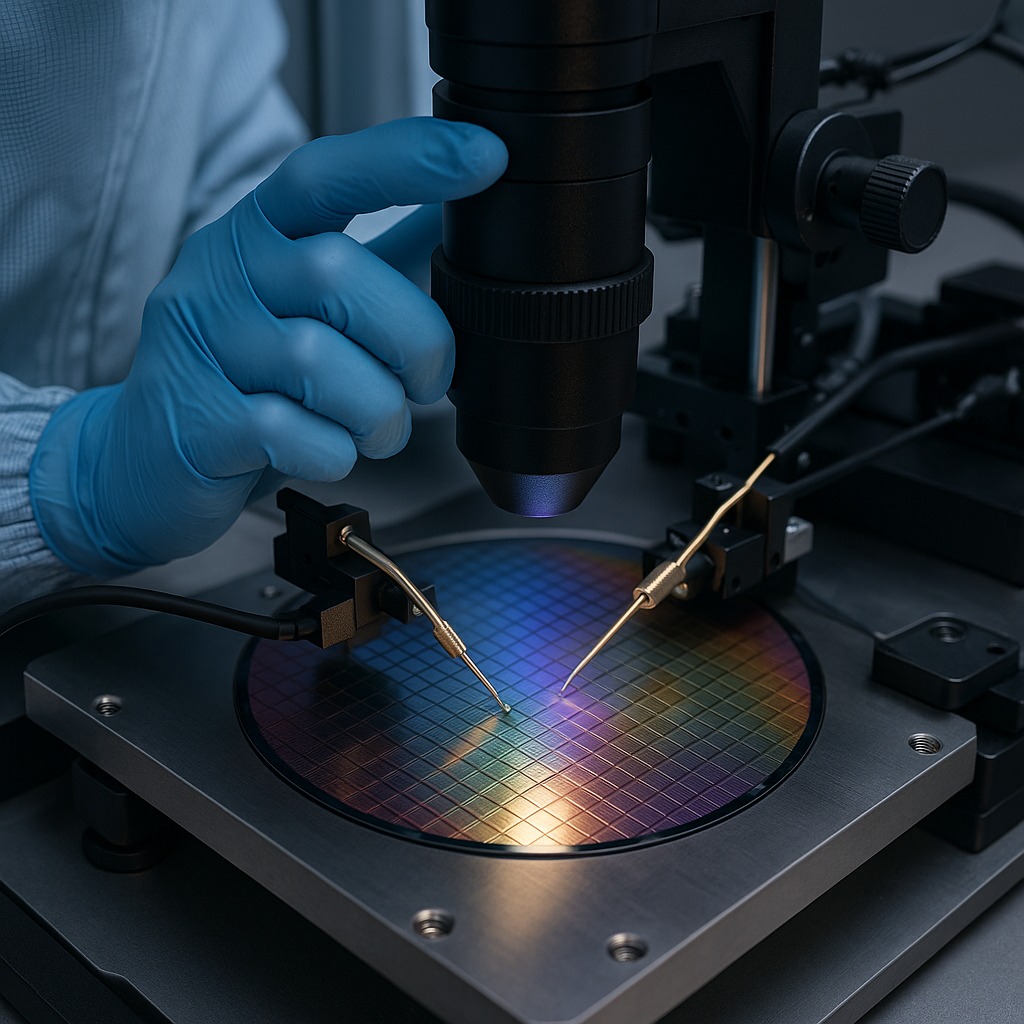SES AI’s Q1 Results Signal Early Momentum in High-Stakes Battery Tech Race
The upcoming Q1 2025 earnings report from ses ai (NYSE: SES) will offer a critical glimpse into the commercialization progress of its AI-driven battery technology. With preliminary revenue guidance of $5.0 million to $5.8 million, the company is poised to exceed analyst expectations, signaling a pivotal phase in its transition from a research-driven entity to a revenue-generating force in the EV and energy storage sectors. While modest by industry standards, this growth reflects strategic execution across multiple fronts—and sets the stage for a longer-term story investors should scrutinize closely.

Revenue Growth: A Diversified Play on Battery Innovation
SES AI’s Q1 results hinge on its multi-pronged commercialization strategy. The company attributes its revenue growth to three key areas:
1. AI-enhanced EV battery contracts: Early-stage sales of its 2170 lithium-metal battery cells, which promise higher energy density and faster charging times, are contributing to top-line growth.
2. BESS sector partnerships: Agreements with energy storage providers are generating recurring revenue, a segment projected to grow at 14% CAGR through 2030.
3. Molecular Universe toolkit launch: This AI platform, designed to accelerate material science breakthroughs, represents a new revenue stream that could redefine R&D efficiency for clients in automotive and energy sectors.
The company’s gross profit margin of 63.14% underscores its pricing power, while a current ratio of 12.14 highlights robust liquidity. With $240 million in cash and no debt—139% of its current market cap—SES AI has ample flexibility to invest in scaling production and refining its AI capabilities.
Bridging Analyst Skepticism and Long-Term Vision
Analysts’ Q1 consensus of $2 million trails SES AI’s guidance by nearly 60%, reflecting a broader market hesitation toward pre-revenue or early-stage battery tech companies. However, this gap may overlook the company’s unique positioning. Unlike peers focused on incremental improvements, SES AI’s lithium-metal platform addresses a critical industry bottleneck: the need for safer, higher-capacity batteries that can power everything from EVs to grid storage systems.
The Molecular Universe toolkit, slated for commercial launch, could be a game-changer. By reducing the time and cost of discovering next-gen materials, it positions SES as both a supplier and a technology licensor—a dual revenue model that could amplify scalability.
Risks and Regulatory Crosscurrents
SES AI’s NYSE compliance notice—a result of its stock price falling below $1 for 30 consecutive days—adds near-term uncertainty. While management has six months to resolve this, it underscores the volatility inherent in early-stage tech stocks. Additionally, the company’s forward run rate of $20–$23 million for 2025, while ambitious, remains small relative to its cash reserves, suggesting a deliberate focus on R&D over immediate profitability.
Conclusion: A High-Reward, High-Conviction Play
SES AI’s Q1 results will be a litmus test for its ability to convert technical innovation into sustainable revenue streams. With a fortress balance sheet and a strategy aligned with $1.3 trillion in annual EV and energy storage market growth by 2030, the company is well-positioned—if it can execute.
Investors should weigh the risks: regulatory hurdles, execution delays, and intense competition. Yet the data tells a compelling story. A 63% gross margin, $240M in dry powder, and partnerships with energy majors suggest SES AI is building a defensible moat in a sector primed for disruption. While the path to profitability is uneven, the company’s Q1 results could mark the first step toward proving that AI-enhanced battery tech isn’t just a lab curiosity—it’s a scalable business.
The market’s patience will be tested, but for those willing to look beyond short-term noise, SES AI’s Q1 report could signal the start of a transformative chapter in battery innovation.

_b905d9341749265671656.jpg)








